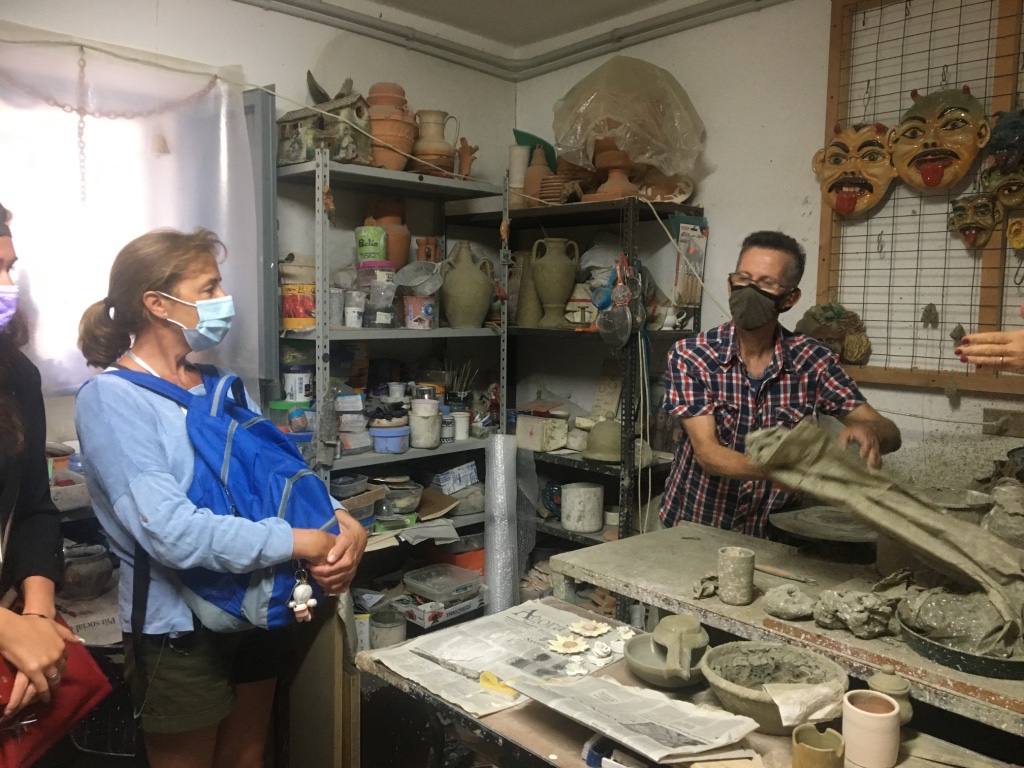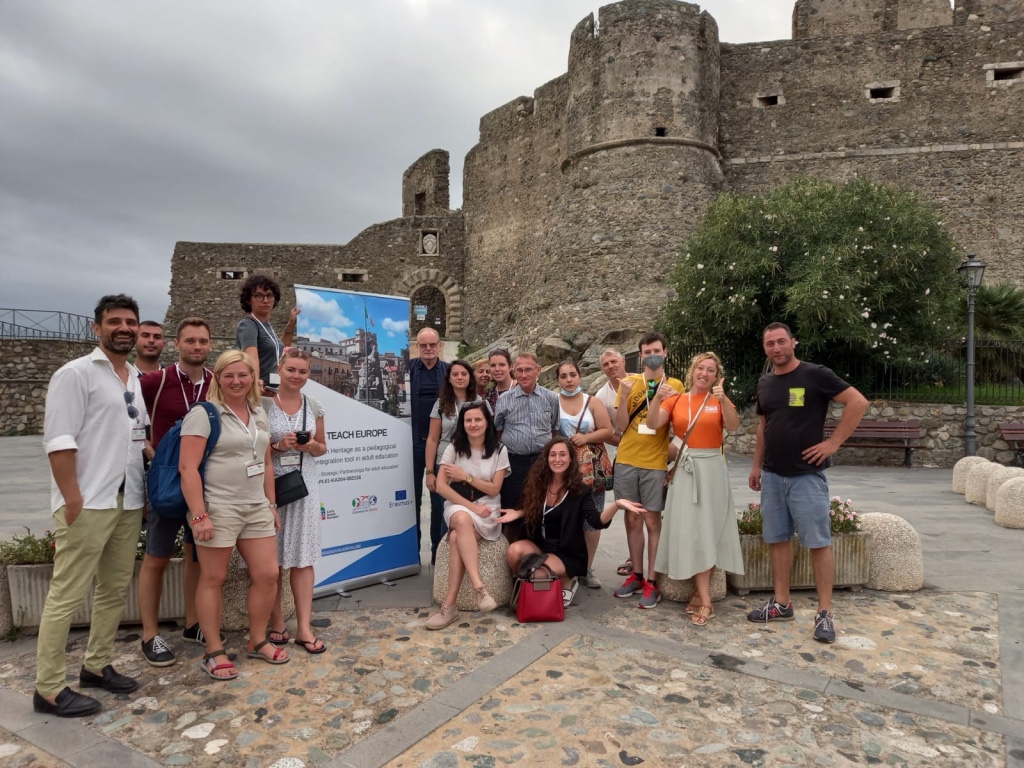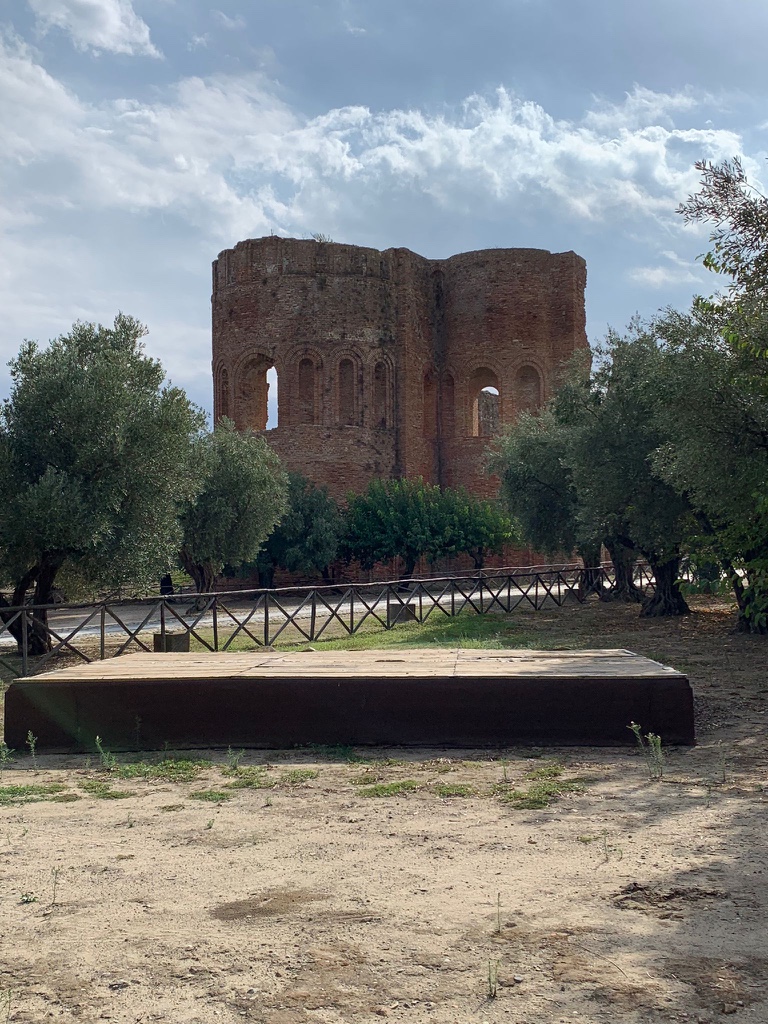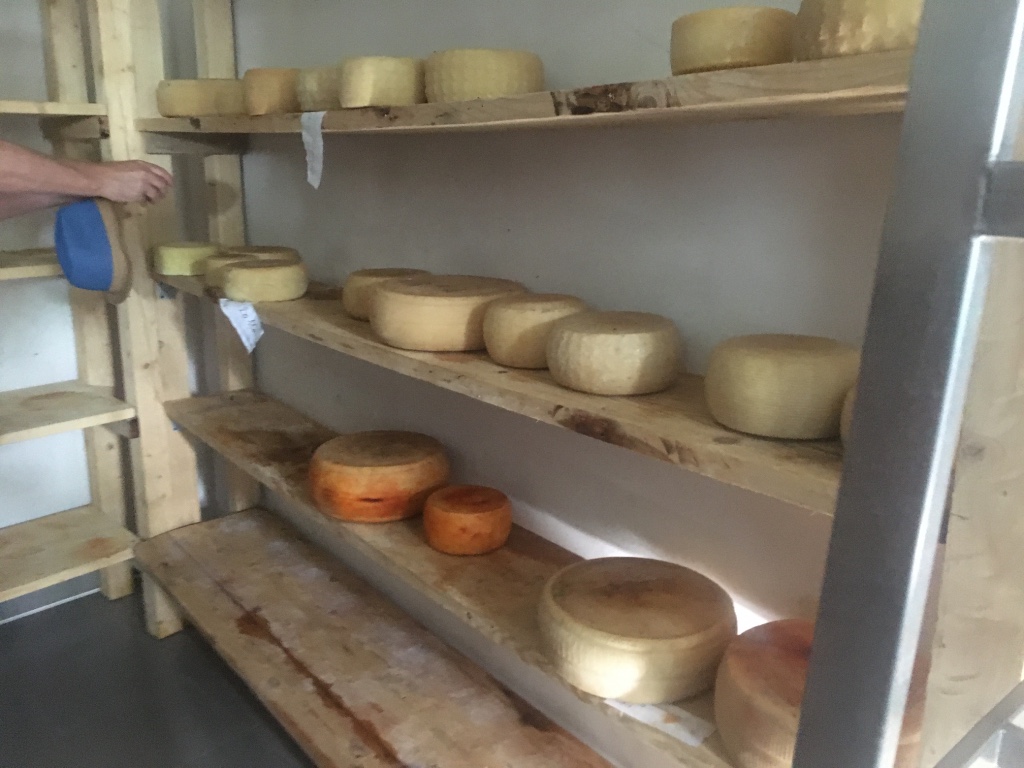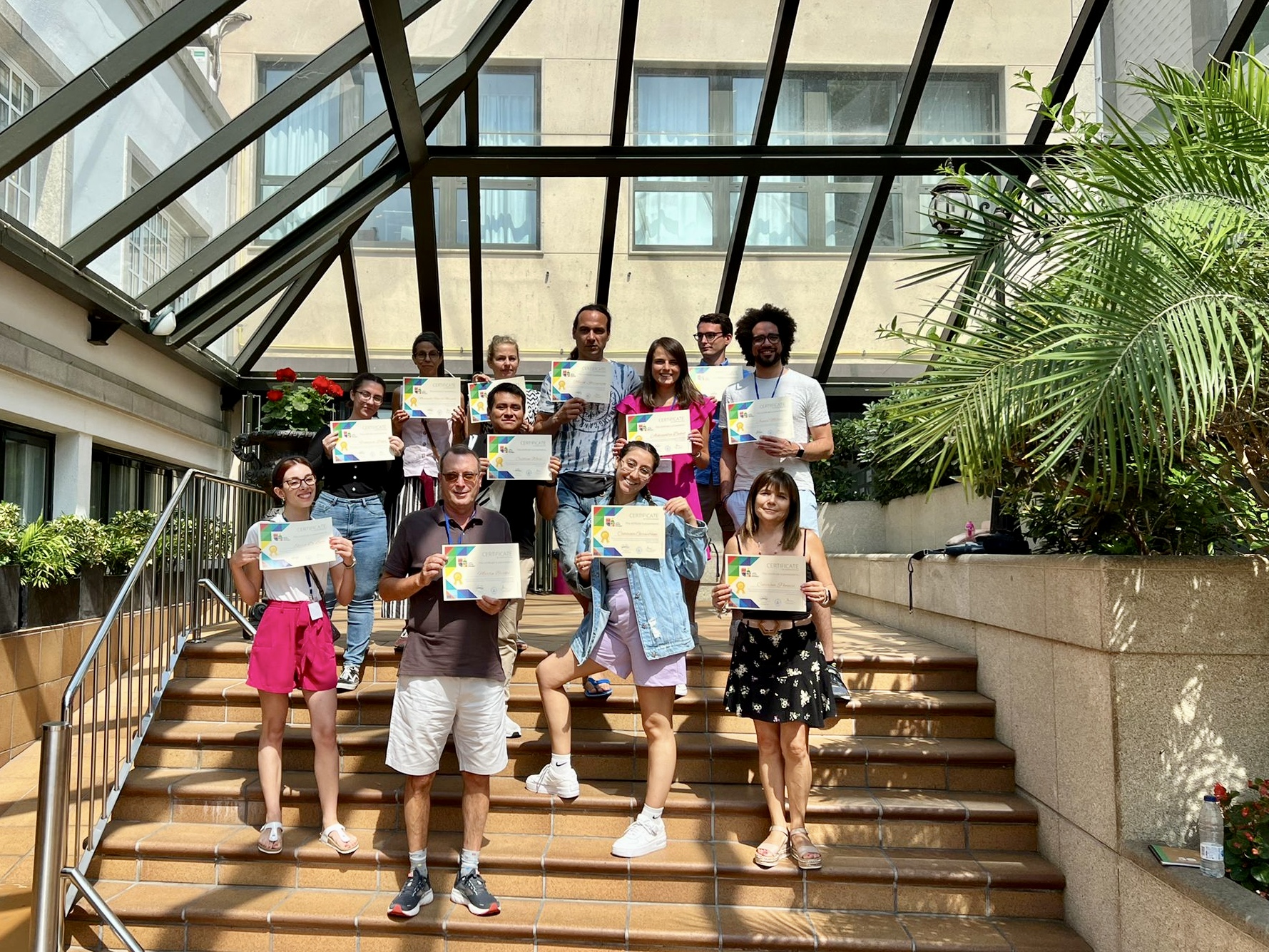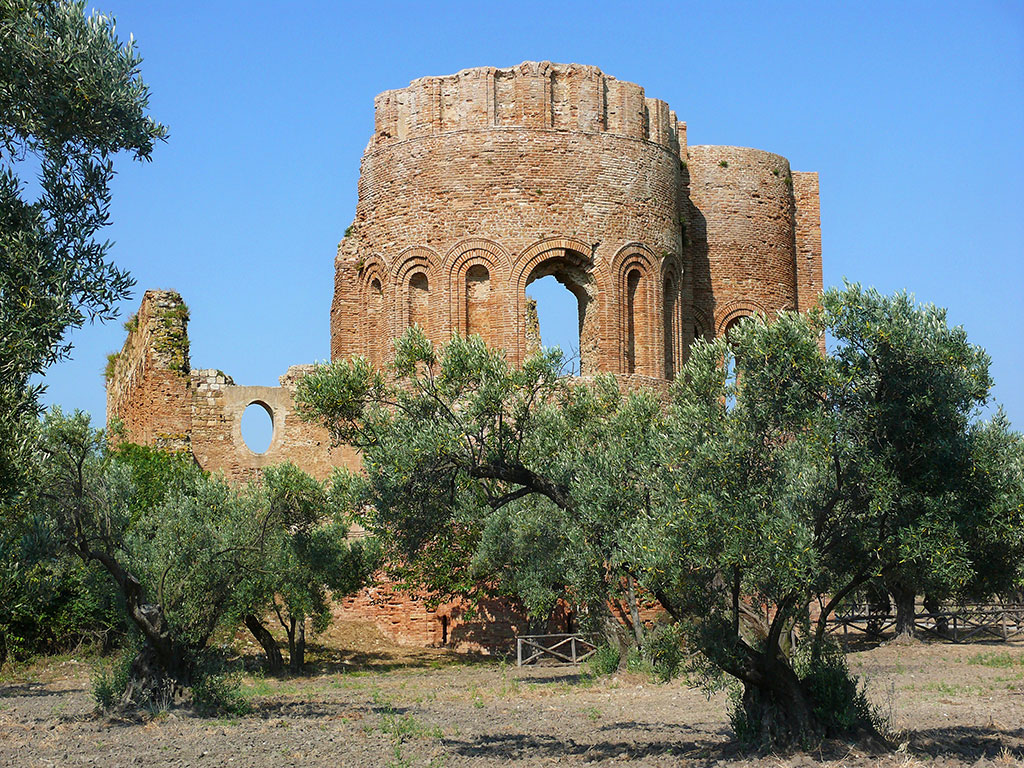
By Eloy Seijas – ESID Liceo La Paz
I was given the opportunity to participate in a cultural exchange in mid-September 2021 so that I could practise and improve my English. So, I joined a small group of students from my school in A Coruña and travelled to Soverato in Southern Italy. There, we met some other students from different parts of Europe, such as Poland or Estonia. Our project was called Let’s teach Europe.
During our stay in the city of Soverato, we visited some monuments and many places of interest like museums, workshops, gardens, etc. in which we could see the history and harmony of this beautiful country. One of my favourite was the archaeological park of “Scolacivm” because as soon as you enter you can admire the ruins of a medieval abbey.
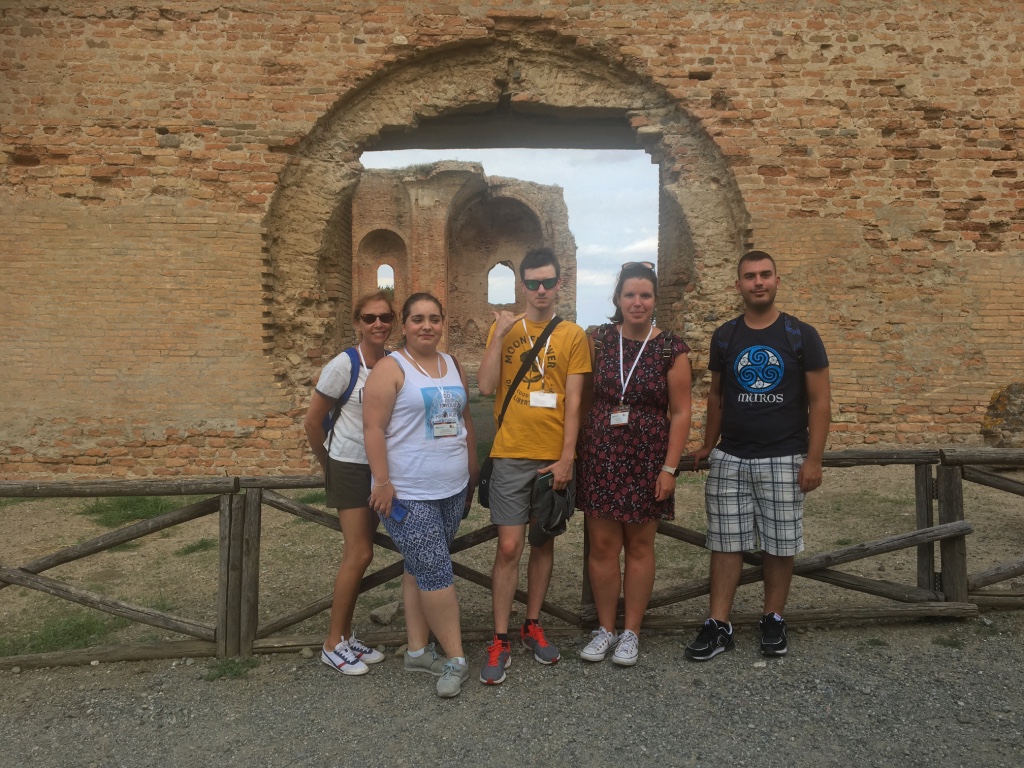
If you look up you can feel its imposing size and architecture, although that is little compared to the rest of the antiquities that you can see at the park, such as the archaeological pieces shown at the museum: Roman and Greek ceramic vessels, Greek tools, coins and fragments of columns. The incredible thing about this archaeological park is that it also shows the ruins of a Roman settlement, where bricks and stones are still standing 2,000 years after its construction. There is also a theatre where you can appreciate the seating area in which the audience used to sit and the stage where actors made their theatre plays.
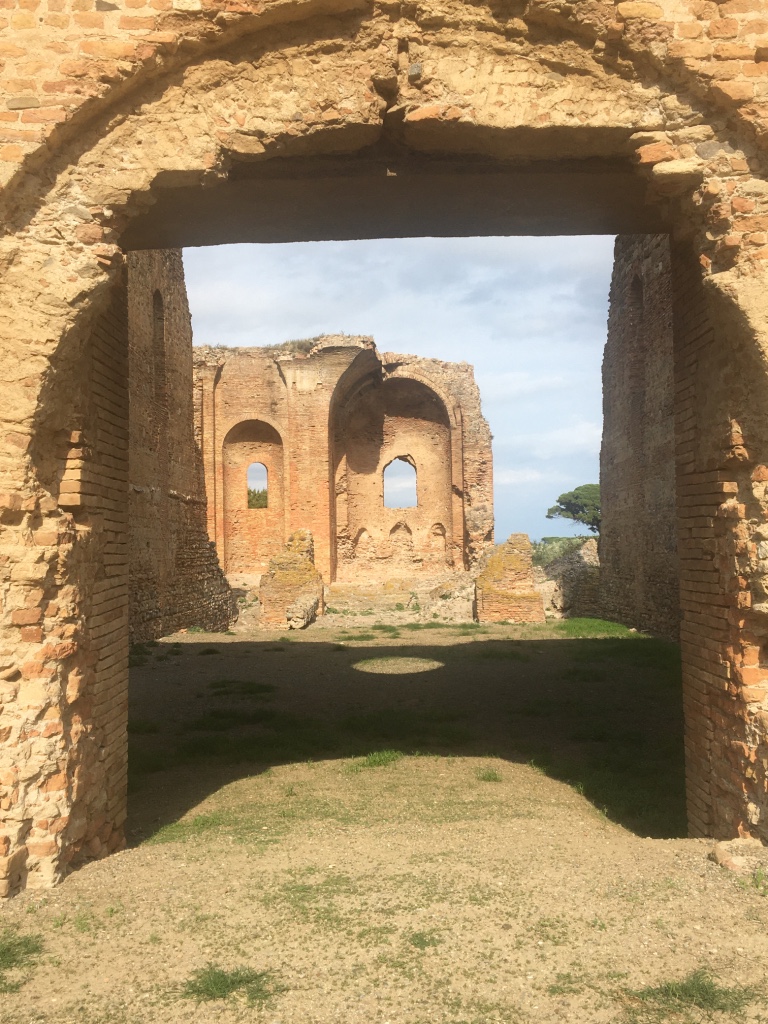
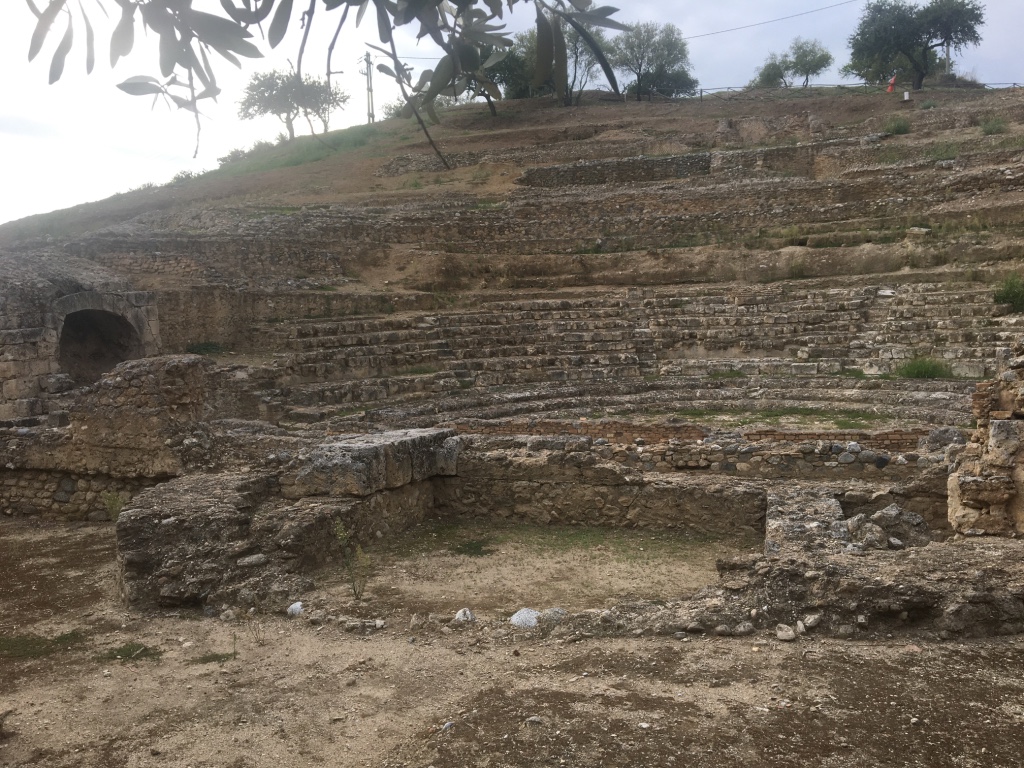
However, for me the most amazing part was the Greek and Roman statues that, although incomplete, their beauty and splendour fascinates visitors instantly. I was able to look at them closely and appreciate how realistic they seem because when you observe them you wonder how they could do something so detailed and so perfect in such a primitive era. In a word: extraordinary.
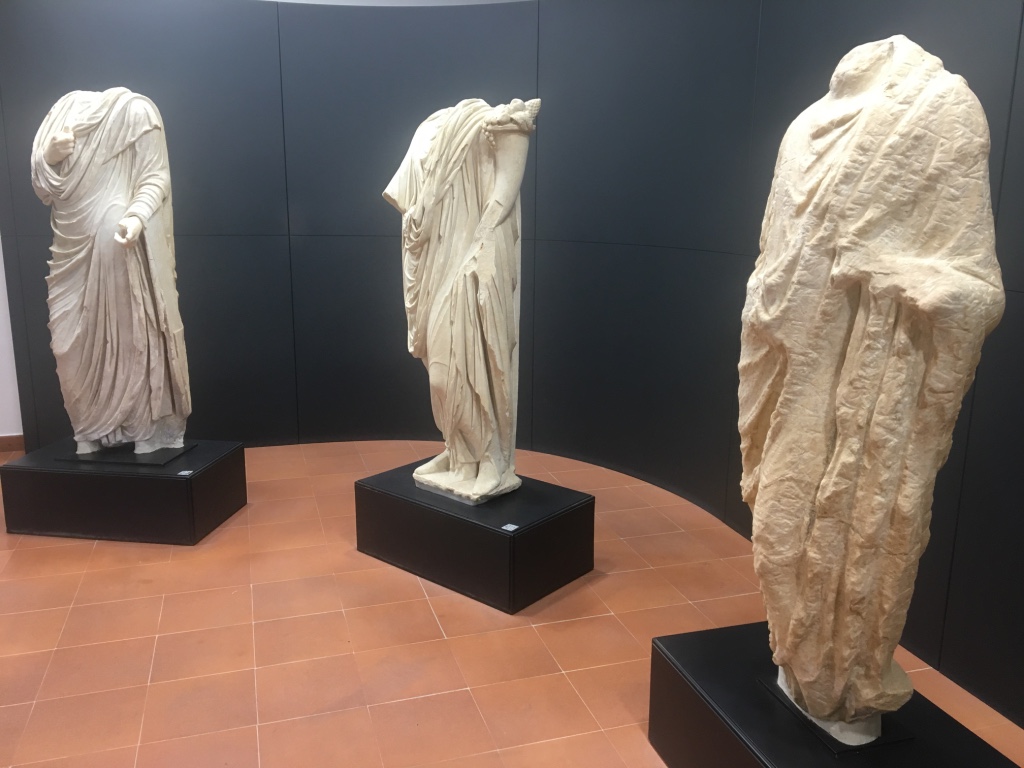
But the fun does not end there, because after the archaeological park we went to visit a mountain village called “Squillace”, which is known for its ceramic workshops and I can confirm that correctly because these figures (suns with faces, plates with drawings, animal figures, etc) are great pieces of art.
Finally, we finished the day witnessing how an artist made one of those ceramic works right in front of us making us travel back in time.
This was just a small part of the project that helped us know and understand the history and culture of our neighbours from Europe.
